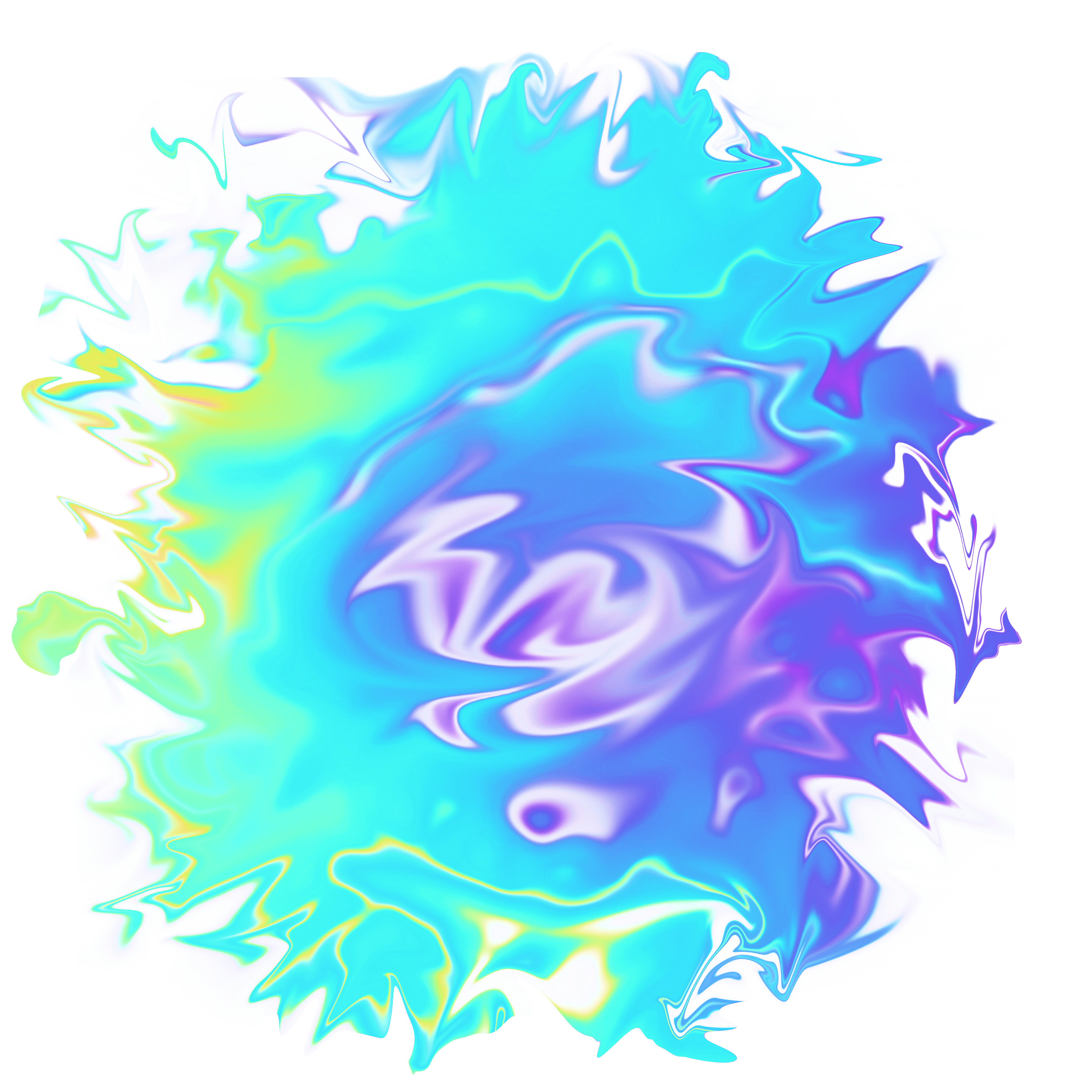A debounce pattern is a coding technique that prevents a function from running too many times or an input from triggering multiple times. The following scripting scenarios illustrate debounce as a best practice.
Detecting Collisions
Suppose you want to create a hazardous trap part that inflicts 10 damage when touched. An initial implementation might use a basic Class.BasePart.Touched connection and a damagePlayer function like this:
```lua title=’Script - Damage Player’ local part = script.Parent
local function damagePlayer(otherPart) print(part.Name .. “ collided with “ .. otherPart.Name)
local humanoid = otherPart.Parent:FindFirstChildWhichIsA("Humanoid")
if humanoid then
humanoid.Health -= 10 -- Reduce player health
end end
part.Touched:Connect(damagePlayer)
While logical at first glance, testing will show that the `Class.BasePart.Touched|Touched` event fires multiple times in quick succession based on subtle physical collisions.
<img src="../assets/scripting/scripts/Touched-Event-No-Debounce.png" width="780" />
To avoid causing excessive damage on initial contact, you can add a debounce system which enforces a cooldown period on damage through an [instance attribute](../studio/instance-attributes.md).
```lua title='Script - Damage Player Using Debounce' highlight='10, 11, 13, 14'
local part = script.Parent
local RESET_TIME = 1
local function damagePlayer(otherPart)
print(part.Name .. " collided with " .. otherPart.Name)
local humanoid = otherPart.Parent:FindFirstChildWhichIsA("Humanoid")
if humanoid then
if not part:GetAttribute("Touched") then
part:SetAttribute("Touched", true) -- Set attribute to true
humanoid.Health -= 10 -- Reduce player health
task.wait(RESET_TIME) -- Wait for reset duration
part:SetAttribute("Touched", false) -- Reset attribute
end
end
end
part.Touched:Connect(damagePlayer)
Triggering Sounds
Debounce is also useful when working with sound effects, such as playing a sound when two parts collide (Class.BasePart.Touched|Touched), or playing a sound on the Class.GuiButton.Activated|Activated event when a user interacts with an on-screen button. In both cases, calling Class.Sound:Play() starts playback from the beginning of its track and — without a debounce system — the sound may play multiple times in quick succession.
To prevent sound overlap, you can debounce using the Class.Sound.IsPlaying|IsPlaying property of the Class.Sound object:
```lua title=’Script - Play Collision Sound Using Debounce’ highlight=’5, 7-9’ local projectile = script.Parent
local function playSound() – Find child sound on the part local sound = projectile:FindFirstChild(“Impact”) – Play the sound only if it’s not already playing if sound and not sound.IsPlaying then sound:Play() end end
projectile.Touched:Connect(playSound)
```lua title='Script - Play Button Click Using Debounce' highlight='5, 7-9'
local button = script.Parent
local function onButtonActivated()
-- Find child sound on the button
local sound = button:FindFirstChild("Click")
-- Play the sound only if it's not already playing
if sound and not sound.IsPlaying then
sound:Play()
end
end
button.Activated:Connect(onButtonActivated)
Pickup Effects
Experiences often include collectible pickups in the 3D world such as medi-kits, ammo packs, and more. If you design these pickups to remain in the world for players to grab again and again, a “cooldown” time should be added before the pickup refreshes and reactivates.
Similar to detecting collisions, you can manage the debounce state with an instance attribute, and visualize the cooldown period by changing the part’s Class.BasePart.Transparency|Transparency.
```lua title=’Script - Health Pickup Using Debounce’ highlight=’10, 11, 13, 15-17’ local part = script.Parent part.Anchored = true part.CanCollide = false
local COOLDOWN_TIME = 5
local function healPlayer(otherPart) local humanoid = otherPart.Parent:FindFirstChildWhichIsA(“Humanoid”) if humanoid then if not part:GetAttribute(“CoolingDown”) then part:SetAttribute(“CoolingDown”, true) – Set attribute to true humanoid.Health += 25 – Increase player health part.Transparency = 0.75 – Make part semi-transparent to indicate cooldown state task.wait(COOLDOWN_TIME) – Wait for cooldown duration part.Transparency = 0 – Reset part to fully opaque part:SetAttribute(“CoolingDown”, false) – Reset attribute end end end
part.Touched:Connect(healPlayer) ```

